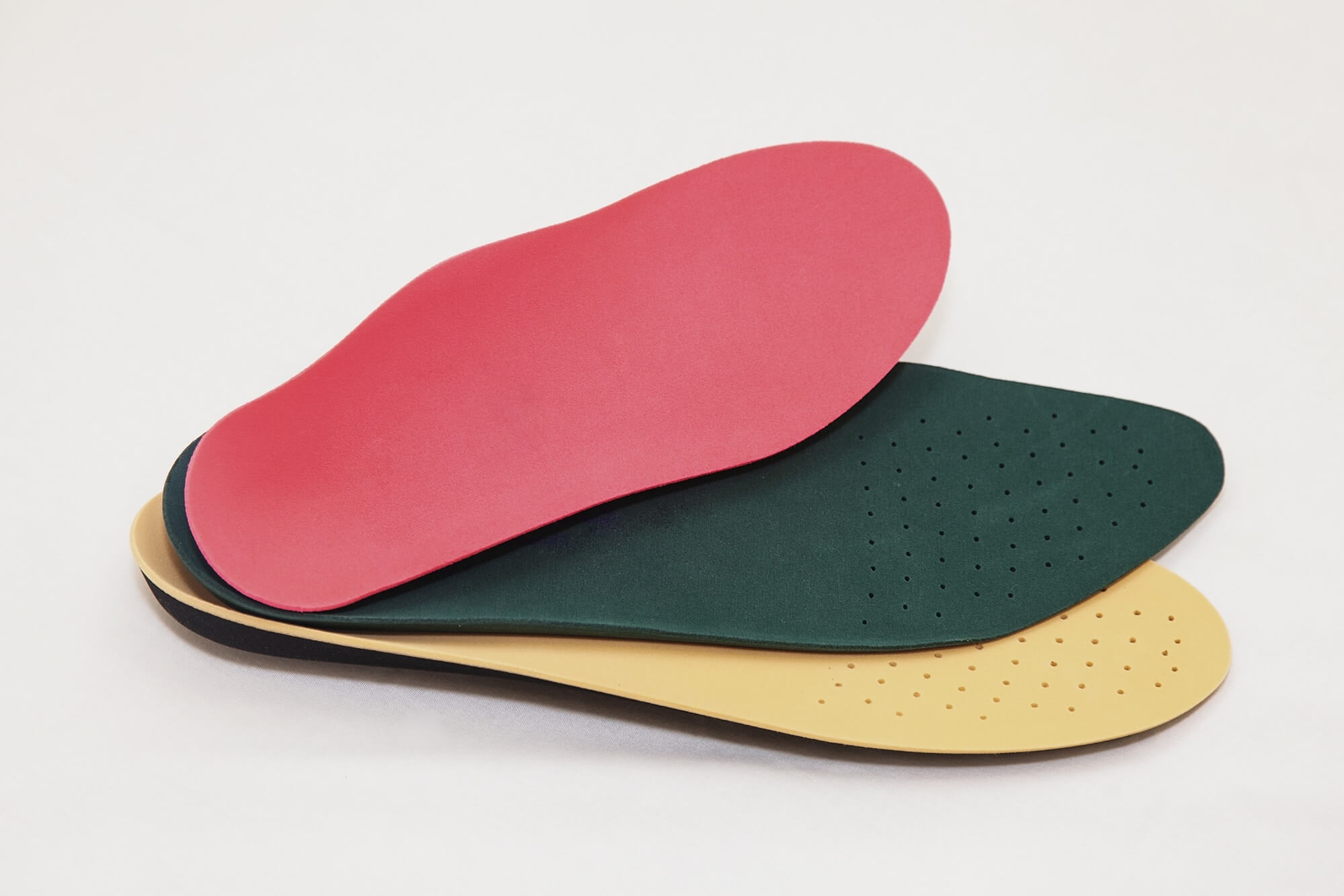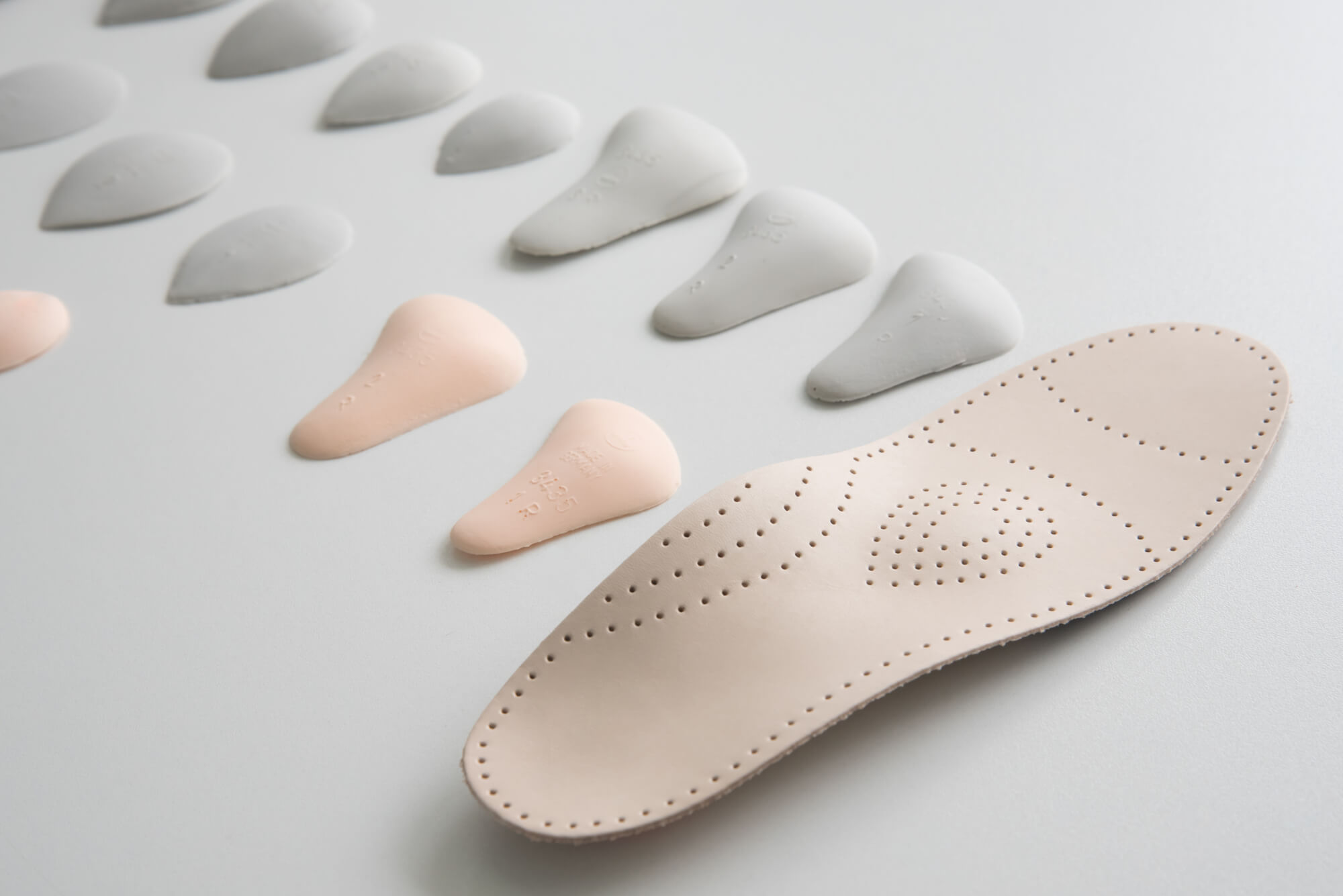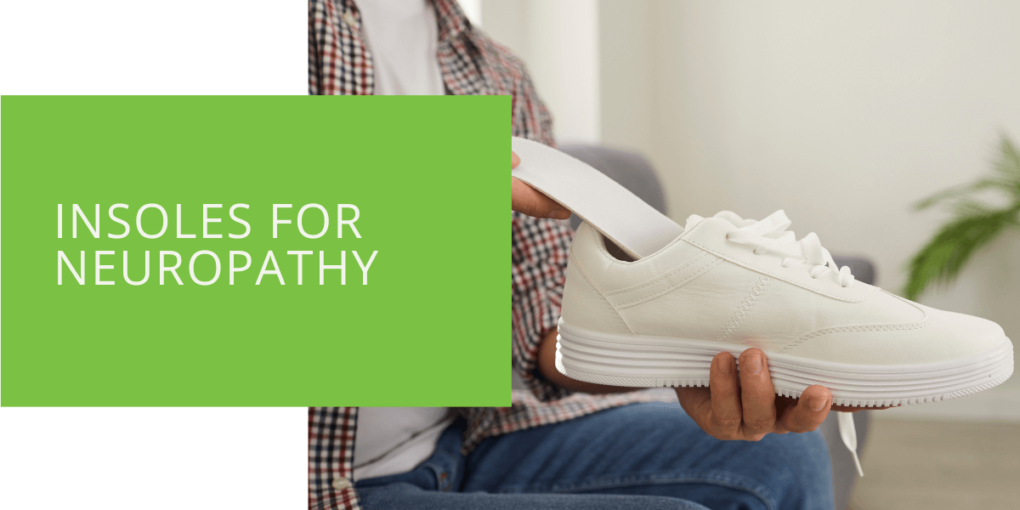Insoles for Neuropathy: Relief and Support for Nerve Pain
Neuropathy, a condition characterized by nerve damage, can wreak havoc on foot health and overall well-being. From the discomfort of numbness and tingling to the sharp pain experienced, individuals with neuropathy often struggle to find effective solutions. Insoles specifically designed for neuropathic foot conditions are promising remedies that can provide relief and support. In this article, we will delve into the world of insoles for neuropathy, exploring their benefits, key features, and types available while guiding you on choosing the best insoles to alleviate foot pain and enhance your comfort.
Understanding Neuropathy and Its Symptoms
Before we dive into the realm of insoles, let's take a closer look at neuropathy itself. Neuropathy is the damage or dysfunction of peripheral nerves, often resulting from conditions such as diabetes, spinal cord injuries, or even nutrient deficiencies. The symptoms can vary from person to person, but common manifestations include numbness, tingling, burning sensations, muscle weakness, and sharp shooting pain.
When neuropathy affects the feet, it can profoundly impact mobility, balance, and overall quality of life. Individuals with neuropathic foot conditions may experience discomfort while walking, difficulty wearing regular footwear, and an increased risk of foot complications such as ulcers. Thankfully, insoles provide a simple yet effective way to manage these symptoms.
The Role of Insoles in Neuropathy Management
Insoles, or shoe inserts, are orthopedic devices placed inside shoes to provide cushioning, support, and stability. Regarding neuropathy, insoles are crucial in alleviating pain and promoting better foot health. These inserts are designed to address the specific needs of neuropathy patients, providing much-needed cushioning and support where it matters most.
One of the primary benefits of insoles for neuropathy is the provision of cushioning. Neuropathy often leads to losing protective sensation, making the feet more susceptible to injuries and pressure-related problems. Insoles with cushioning properties absorb shock and reduce pressure points, effectively reducing the risk of foot complications.
Moreover, insoles for neuropathy can support the arch and heel, promoting proper alignment and reducing nerve strain. By redistributing pressure evenly across the foot, insoles help alleviate discomfort and enhance stability. Additionally, some insoles offer metatarsal support, targeting pain in the forefoot region commonly experienced by neuropathy patients.

Key Features to Look for in Neuropathy Insoles
When selecting insoles for neuropathy, it's important to consider key features that can enhance their effectiveness. Let's explore these features in detail:
Arch Support
Insoles with adequate arch support are essential for neuropathy patients. They help maintain proper foot alignment, alleviate nerve pressure, and stabilize walking. Look for insoles with built-in arch support or customizable options for your unique arch needs.
Cushioning and Shock Absorption
The cushioning properties of insoles are crucial for individuals with neuropathy. Opt for insoles that offer exceptional shock absorption, reducing the impact on the feet while providing a soft and comfortable platform. Look for materials such as memory foam or gel that offer excellent cushioning.
Metatarsal Support
Neuropathy can often lead to pain in the forefoot, specifically the metatarsal region. Insoles with metatarsal support can help relieve this discomfort by offloading pressure from the affected area. Look for insoles that have metatarsal pads or inserts to alleviate pain and promote comfort.
Moisture-Wicking and Breathability
Choosing insoles with moisture-wicking and breathability features is crucial to ensure optimal foot hygiene and comfort. Neuropathy patients may experience increased foot sweating, contributing to discomfort and potential skin issues. Insoles with moisture-wicking properties remove moisture from the foot, keeping it dry and reducing the risk of bacterial or fungal infections. Look for insoles with breathable materials such as mesh or perforated designs to enhance airflow and keep your feet cool and dry.
Customizable Options
Every individual's feet are unique; neuropathy can present with varying symptoms and foot conditions. That's why it's beneficial to consider insoles with customizable options. Some insoles allow you to mold or trim them to fit the specific contours of your feet, ensuring optimal support and comfort. Customizable insoles provide a tailored solution that caters to your individual needs.

Types of Insoles for Neuropathy
Now that we have explored the key features to look for, let's delve into the different types of insoles available for neuropathy:
Orthotic Insoles
Orthotic insoles are specifically designed to provide support and improve foot function. These insoles are often recommended for neuropathy patients due to their ability to align the foot, distribute pressure evenly, and reduce nerve compression. Orthotic insoles can be custom-made to address individual foot conditions, offering targeted relief and support.
Gel Insoles
Gel insoles are known for their excellent cushioning properties. These insoles contain gel inserts or pads that absorb shock and provide a soft and comfortable feel while walking. Gel insoles are particularly beneficial for neuropathy patients with sensitive feet, offering gentle support and enhancing overall comfort.
Memory Foam Insoles
Memory foam insoles are renowned for their ability to contour to the foot's shape, providing customized support and cushioning. These insoles mold to the unique contours of your feet, offering personalized comfort and pressure relief. Memory foam insoles are highly recommended for neuropathy patients seeking optimal cushioning and support.
Diabetic Insoles
Diabetic insoles are specifically designed for individuals with neuropathy and diabetes. These insoles focus on offloading pressure from vulnerable areas of the foot, reducing the risk of foot ulcers and complications. Diabetic insoles often feature extra padding, antimicrobial properties, and moisture-wicking capabilities to ensure foot health and comfort.
Choosing the Right Insoles for Neuropathy
When selecting the right insoles for neuropathy, it's essential to consult with a podiatrist or healthcare professional. They can assess your foot condition, evaluate your needs, and provide personalized recommendations. Additionally, keep the following tips in mind:
- Consider the severity of your neuropathy symptoms and foot conditions.
- Ensure a proper fit by selecting insoles that match the size and shape of your shoes.
- Test the insoles for comfort and effectiveness, and monitor how they alleviate your foot pain.
- Replace insoles regularly to maintain their cushioning and support properties.
Conclusion
Insoles are vital in managing neuropathy symptoms, providing cushioning, support, and stability for individuals experiencing foot pain and discomfort. By choosing the right insoles with features such as arch support, cushioning, metatarsal support, moisture-wicking, and customization options, neuropathy patients can find relief and enhance their overall foot health. Remember to consult with a healthcare professional to ensure the most suitable insole choice for your specific needs. Take a step towards greater comfort and mobility by investing in quality insoles for neuropathy.
Key Takeaways
- Insoles designed for neuropathy can provide relief and support for individuals with nerve damage in their feet, alleviating symptoms such as numbness, tingling, and pain.
- In neuropathy insoles, key features include arch support, cushioning and shock absorption, metatarsal support, moisture-wicking and breathability, and customizable options to fit individual needs.
- Types of insoles for neuropathy include orthotic insoles, gel insoles, memory foam insoles, and diabetic insoles, each offering specific benefits for managing neuropathy symptoms.

